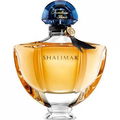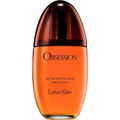03/02/2018

jtd
484 Reviews

jtd
Top Review
11
old school
I had an ah-ha moment when I tried vintage Tabu for the first time. Suddenly Youth Dew, Opium and Coco made perfect sense---they were descendants of Tabu. Perfumer Jean Carles approach seems based on the premise that if the oriental genre is built from forceful materials and ferocious tones, why disguise it with tassels and trim? Why try to tame it?
Tabu backs up its vaguely threatening name with a strapping, seductive fragrance. It's an intimidating perfumes. The combination of aggressive, spiced florals and powdered leather is just one example of the hard/soft conflict seeded throughout Tabu. (Spoiler alert: the hard edge always wins.) Tabu investigates olfactory extremes without dicking around with the comfortable center. Vanillic amber oriental perfumes often dive straight for the soft middle ground and wind up a bit eye-glazey. The trap for the perfumer is emphasizing coziness at the expense of spine and coming up with olfactory comfort food.
Tabu’s dense powdery opening is in fact sweet but it’s a red herring. As the sweetness of the topnote settles, the acerbic edge of the spiced resin accord comes forward to create a fascinating counterbalance. The powder lasts well into the long-arc heartnotes and the way that it’s cantilevered off the bitter base of resins focusses attention more on texture than aroma. The cinnamon-clove spices have a similarly tricky balancing act. They alternate between hot and cold without ever dwindling to lukewarm. Carles seems willing to concede the aesthetic middle ground, finding more value at the ends of the spectrum. Tabu is technically an oriental but had as much in common with the big tobacco and leather perfumes of the 20s and 30s as it did with the recumbent Shalimar. No fear of lack of spine here.
Jacques Guerlain’s Shalimar is considered the superlative oriental perfume, and for valid reasons. It has superior form and elaborate, sophisticated style. It also has a larger-than-life Auntie Mame quality. Next to Shalimar's layered, accessorized style, Tabu cames off as starched and corseted. Carles’ style was less opulent than Guerlain’s but not a bit less complex. Carles differed from Guerlain in that he found that the richness of the oriental was not in the drape but in the tailoring.
(from scenthurdle.com)
Tabu backs up its vaguely threatening name with a strapping, seductive fragrance. It's an intimidating perfumes. The combination of aggressive, spiced florals and powdered leather is just one example of the hard/soft conflict seeded throughout Tabu. (Spoiler alert: the hard edge always wins.) Tabu investigates olfactory extremes without dicking around with the comfortable center. Vanillic amber oriental perfumes often dive straight for the soft middle ground and wind up a bit eye-glazey. The trap for the perfumer is emphasizing coziness at the expense of spine and coming up with olfactory comfort food.
Tabu’s dense powdery opening is in fact sweet but it’s a red herring. As the sweetness of the topnote settles, the acerbic edge of the spiced resin accord comes forward to create a fascinating counterbalance. The powder lasts well into the long-arc heartnotes and the way that it’s cantilevered off the bitter base of resins focusses attention more on texture than aroma. The cinnamon-clove spices have a similarly tricky balancing act. They alternate between hot and cold without ever dwindling to lukewarm. Carles seems willing to concede the aesthetic middle ground, finding more value at the ends of the spectrum. Tabu is technically an oriental but had as much in common with the big tobacco and leather perfumes of the 20s and 30s as it did with the recumbent Shalimar. No fear of lack of spine here.
Jacques Guerlain’s Shalimar is considered the superlative oriental perfume, and for valid reasons. It has superior form and elaborate, sophisticated style. It also has a larger-than-life Auntie Mame quality. Next to Shalimar's layered, accessorized style, Tabu cames off as starched and corseted. Carles’ style was less opulent than Guerlain’s but not a bit less complex. Carles differed from Guerlain in that he found that the richness of the oriental was not in the drape but in the tailoring.
(from scenthurdle.com)






















 Top Notes
Top Notes  Spices
Spices Bergamot
Bergamot Coriander
Coriander Neroli
Neroli Orange
Orange Heart Notes
Heart Notes  Clove
Clove Jasmine
Jasmine Oriental rose
Oriental rose Ylang-ylang
Ylang-ylang Clover
Clover Narcissus
Narcissus Base Notes
Base Notes  Amber
Amber Benzoin
Benzoin Civet
Civet Musk
Musk Patchouli
Patchouli Oakmoss
Oakmoss Sandalwood
Sandalwood Cedar
Cedar Vetiver
Vetiver




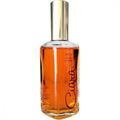


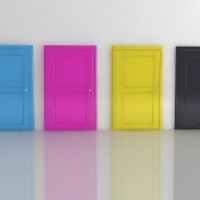

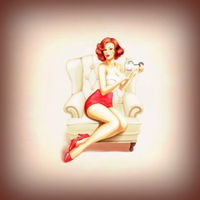


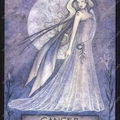
 Zoikgreece
Zoikgreece DorothyGrace
DorothyGrace

















